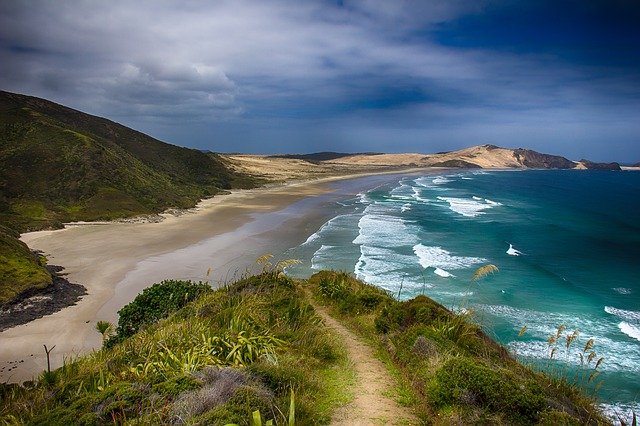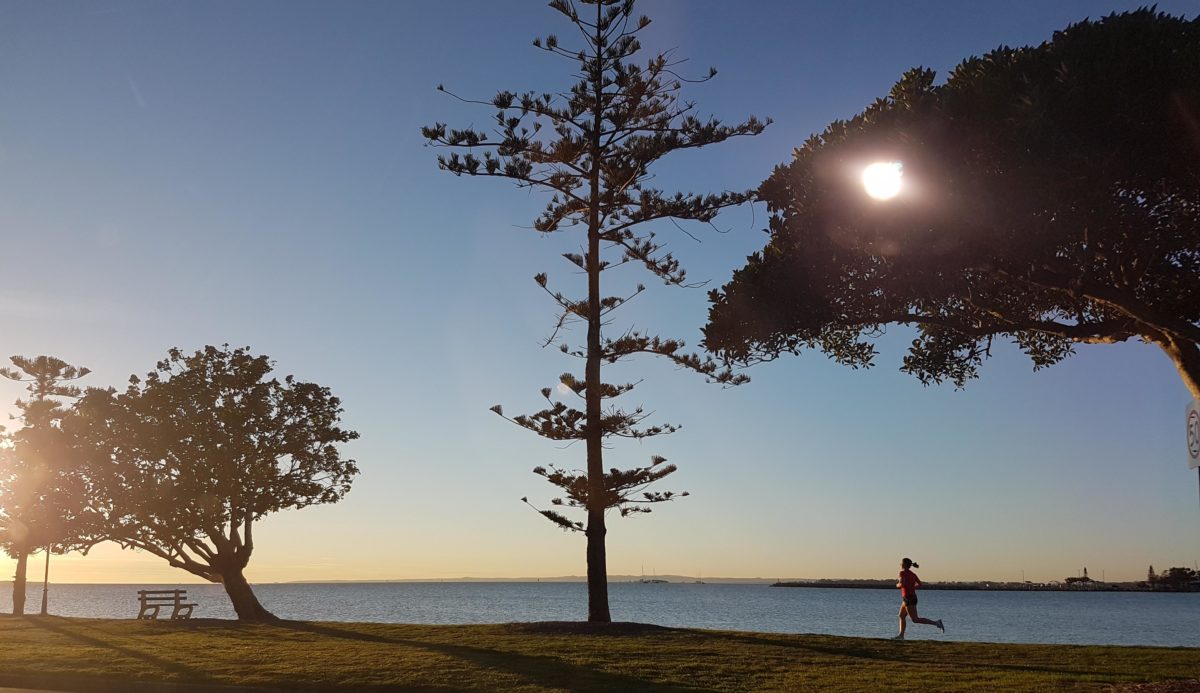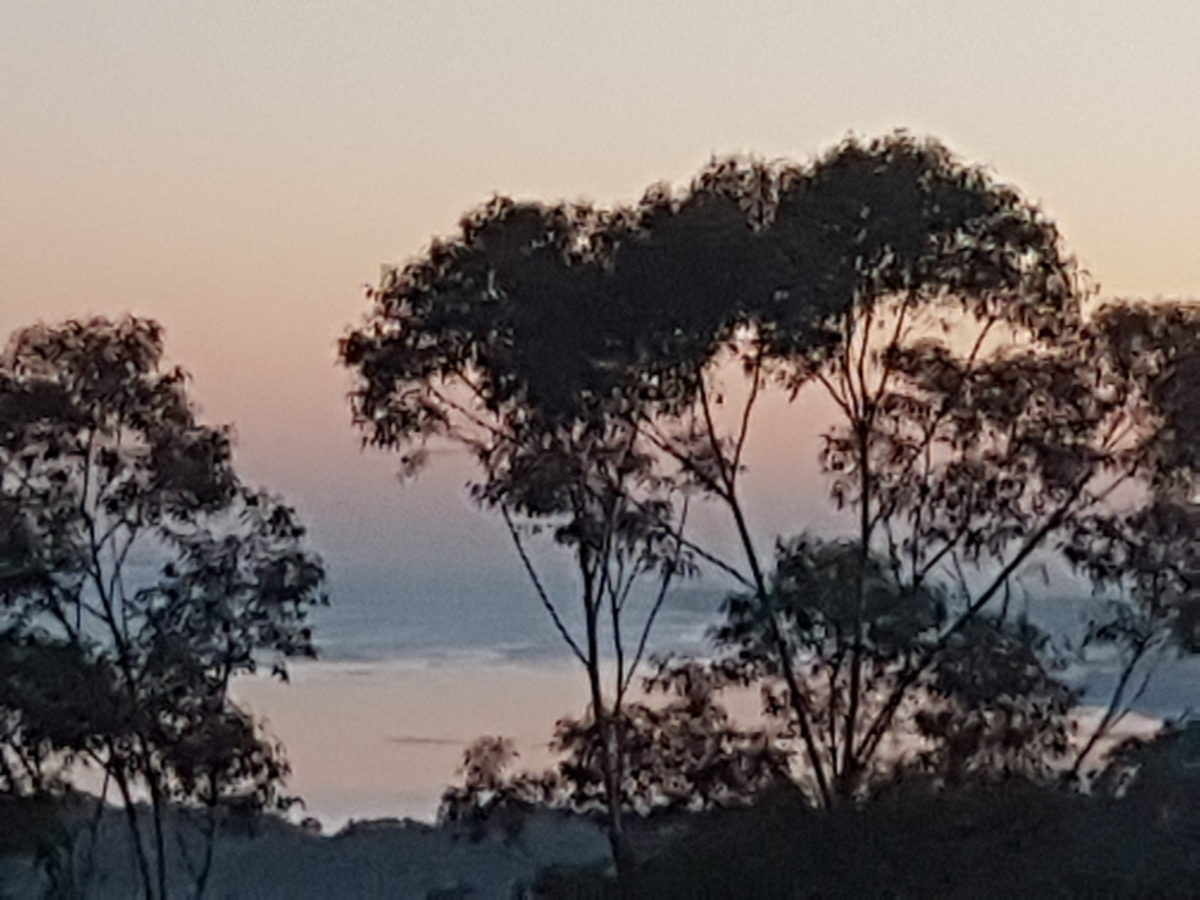Diana Winston of MARC, UCLA presented a guided meditation podcast, Earth Day Meditation, to celebrate the environment. Her meditation podcast on Earth Day, April 22 2021, focused on appreciating and valuing the environment through our reflections and actions. She reminded us that mindfulness involves present moment awareness which is often stimulated by nature when we go for a walk in a rainforest, swim in the ocean, spend time near a river or just enjoy our garden – the trees, plants, fresh air and sounds of birds. Mindfulness is enhanced when we develop a sense of wonder and awe in the presence of the beauty of nature.
At one stage in the meditation, Diana asks us to remember the indigenous people who, through their stewardship of the land, preserved what we have to share and experience today. Wynnum in Brisbane, the area in which I live, was named by the local Aboriginal people after the Pandanus Palm or breadfruit tree. The local islands, such as Stradbroke Island, have a rich history of Aboriginal life, closeness to nature and caring for the land and bay. Stradbroke Island is one of my favourite places to visit and relax in its relatively undeveloped beauty. Part of valuing our environment is exploring our local environment history with openness and curiosity.
A guided meditation on the environment
Diana presents a guided meditation focused on the earth and its amazing features and places. She suggests at the outset that we become grounded and pay attention to the sensations in our feet. We might be experiencing tingling, warmth, heaviness, or other sensation. By paying attention to our bodily sensations, particularly in our feet, we can experience a deepening connection to the earth. We can feel the earth’s physical support which enables us to experience the richness of our life and our environment.
Meditating on place
Diana suggests later in the meditation that we focus on a place that is special to us, that engenders positive feelings. We first picture the place and its physical characteristics – the terrain, bird and animal life, significant features, the presence or absence of water. Moving on from capturing the physical aspects of the place that we are paying attention to in our minds, we are asked to capture some of the feelings that this place generates in us.
I found at this stage of the meditation that I focused on our local environment and particularly the Esplanade along the bay where I often walk with my wife. I was able to experience wonder and awe, peace and ease, relaxation and happiness as I pictured myself walking in company along the bayside paths through the trees, adjacent to the marina. I recall the dolphins I saw in the marina and their playful nature. I also felt a sense of connectedness to nature and people as I pictured the natural beauty of the place and people strolling happily along with their dogs, their children, and partners or by themselves. I also felt energised by the images as I mentally explored my immediate environment and felt the energy that surrounded me both in nature itself and the people enjoying the bayside walk.
Reflection
This meditation enriched my appreciation of the environment that I have to experience daily. It made me more aware of the richness of what surrounds me and the connection that I have to others who actively seek out the beauty of our bayside environment. Diana asks us, in the spirit of Earth Day, to commit to one or more micro-gestures to care for our environment as we experience our sense of gratitude.
We often take our environment for granted but it will deteriorate if we do not value it and actively care for it. As we grow in mindfulness through meditating on our natural environment and all that it offers in terms of healing, tranquility, and connection, we can become more grateful for what we have at our doorstep and commit to caring for it.
________________________________
Image by holgerheinze0 from Pixabay
By Ron Passfield – Copyright (Creative Commons license, Attribution–Non Commercial–No Derivatives)
Disclosure: If you purchase a product through this site, I may earn a commission which will help to pay for the site, the associated Meetup group and the resources to support the blog.


